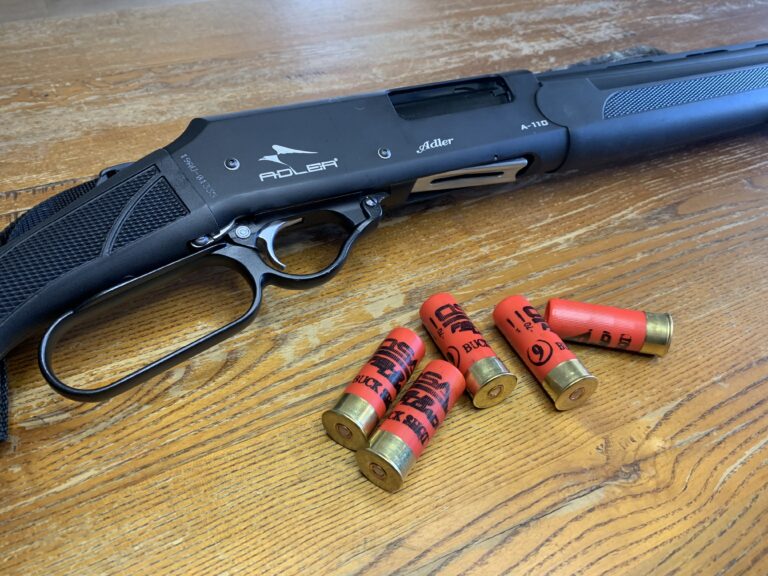This short introductory guide sets out the fundamental knowledge required to instruct and supervise your child in the use of archery equipment. It covers; the benefits of archery for your child, general safety requirements, a quick setup guide, and a brief rundown on basic archery techniques. It’s recommended that you read this guide in full – before allowing them to operate this equipment.
What benefits will archery provide my child?
Archery is a great way to get your kids outdoors and connected with nature. In addition to exercise, participation in archery will teach your child fundamental life skills, including; concentration, patience, perseverance, and the ability to assess risk.
In order for them to learn these skills, they will require your encouragement and guidance. The easiest way to encourage your child is by allowing them to have fun with archery. Without the ‘fun factor’, they won’t be willing to do it for very long, and they probably won’t learn anything…
Safety considerations
- This archery equipment must be used under constant supervision of a responsible adult.
- All archers must be provided with safety instructions (see other page). Instructions should include regular reminders, verbal coaching, or physical interference – should the situation call for it.
- This equipment must be used in an area that is free from people, animals, and other physical structures – preferably a secluded beach, farm paddock, or a proper range facility.
- This archery set is not designed for hunting. The act of illegal hunting (poaching) may result in fines of up to $22,000 and/or prosecution. If you are interested in legal hunting, please contact your local archery club for further guidance.
Safety instructions
- Never aim a bow towards a person, animal, or physical structure – i.e. house, car, garage, etc.
- Never aim a bow upwards towards the sky.
- Never fire a bow without an arrow connected to the drawstring. This may result in damage to the bow or the archer.
- Always aim at a sturdy target – i.e. a bale of hay.
- If possible, place a solid arrow-resistant backdrop behind your target – i.e. a sheet of plywood or old carpet. This will stop any arrows that miss the target.
- Supervising adults should stand directly next to, or behind the child at a 45-degree angle.
- Never stand in front of an archer while the bow is in use.
Setting up the bow
Your bow should be ready to fire from the box, however, you may wish to change the bow’s sight from right to left-handed (or vice-versa).
In order to switch this over, loosen the sight pin (the large threaded bar about the grip) by turning it counterclockwise. Once the sight pin has been removed, place the loose pin inside the threaded hole again through the other side of the bow. Re-tighten the sight pin until the pin aligns with the arrow.
Note: The sight may require multiple adjustments and test shots to confirm proper alignment has been achieved.
Basic technique
First of all, determine your child’s dominant eye. Generally, they will show a preference for one side. Get them to grip the bow firmly with the hand on their non-dominant side. Stand them side-on – facing the target, with their feet shoulder-width apart, and their hips parallel to the direction that the arrow will travel. Their body stance should appear as normal “good posture”, with a straight spine.
Make sure their head is up, shoulders relaxed (not hunched or shrugged), then raise their front forearm parallel to the ground. From this position the child can grip the string (or rubber string grips – if included), with three fingers on their dominant hand – the pointer finger above the arrow, and the middle and ring finger below the arrow.
Allow the child to pull back on the drawstring with equal pressure pushing forward from their front arm at the same time. The string should be held at full draw with the anchor (hold point) just under the cheekbone, or the corner of their mouth. The child must aim at the target while in this position using the end of the sight pin, as located above the grip section.
Before releasing the string, their front arm should have a very slight bend in it – to prevent “string slap”, or pulling of the string across the arm. When releasing the string, the rear arm should be pulled directly away from the target at the same time as the fingers let go. This will allow the arrow to maintain the correct flight path towards the target.
Notes:
- If for any reason you need to stop the shot process, teach your child to slowly let down the string tension in a safe direction.
- Always inspect your child’s arrows before shooting. If the arrow is splintered, or otherwise broken; destroy the arrow, dispose of it properly, and purchase a replacement set of arrows. Firing damaged arrows may result in serious life-threatening injuries.
Tips
- Take turns shooting the bow alongside your child. If they watch you shoot a few arrows, they will naturally try to copy your form.
- When starting out, use a large target and stand close by. This will make it easy for your child to experience success, which in turn will encourage them to keep practicing and will build their confidence.
Acknowledgments and liability
This guide was donated in good faith by Oz Fish and Game. It should be considered an introductory guide only. Further research may be required on your part. It is your responsibility to determine this requirement. The purchase and/or use of this item is done so at your own risk. We accept no liability for the misuse of the equipment or the information contained in this guide.
Downloadable version
This guide is available as a short pamphlet. Click here to download a copy.










